Is My Commercial Roof a Good Candidate for A Coating?
Roof coatings can be a cost-effective way to extend the life of your commercial roof system and reduce long-term life-cycle costs. But while roof coatings may offer many benefits, they are not a one-size-fits-all solution. For a coating to succeed, the roof underneath must be in good condition. Deciding on a coating starts with a comprehensive evaluation.
At Turner Morris Commercial Roofing, we believe in honest assessments, not quick fixes. We must be able to make roofs watertight before we can consider applying a coating. The coating's job is to slow the aging process, not to seal up an already failed system.
How do you know if your roof is a viable candidate for a coating? Here is what we look for:
1. Start with the Existing Roof System
Different roofing systems react differently to coatings. Some respond well to specific coating types, while others may not be compatible due to materials or past repairs. The most common systems we evaluate for coating eligibility include:
TPO (Thermoplastic Polyolefin): Generally suitable for coatings if the membrane is still intact and not overly deteriorated. Surface preparation is critical for adhesion.
EPDM (Ethylene Propylene Diene Monomer): Can be coated if details can be validated, and the membrane properly cleaned and primed, if required. Surface preparation is critical for adhesion. **Ballasted EPDM roofs are generally not acceptable.
Metal Roofs: Excellent candidates for coatings when properly prepped. Coatings can help manage rust, leaks at fasteners or seams, and reduce heat absorption.
Built-up / Modified Bitumen: May be suitable for coating, but only if there is no gravel covering, minimal granule loss, and no signs of delamination or deep blistering. Preparation is critical for performance.
It's essential to evaluate the application of any previous coatings. Incompatible materials or poorly bonded past applications can affect adhesion and long-term performance and must be addressed or removed altogether.
2. Evaluate the Surface Condition
The surface condition determines coating viability, even if the roof type is technically compatible. Some of the key issues we look for include:
Ponding water: Standing water can prevent coatings from curing and performing properly long-term and often can signal drainage problems. Long-term, deep ponding can also damage the underlying system or even the building structure
Blistering: Blistering on an asphalt roof can indicate trapped moisture and is a sign of delamination of the plies within the system. It must be repaired to consider coating.
Delamination/degradation: If a thermoplastic roof system is showing its internal layers (scrim exposed), the substrate may no longer be structurally sound, making the coating ineffective long-term.
Granule loss (on bituminous systems): Granules protect the membrane from UV exposure. Significant loss suggests the system is nearing the end of its life and may not be a candidate for coating. Further evaluation is needed if there are piles of loose granules built-up in areas that are no longer protecting the roof.
3. Ask the Key Question: Can the Roof Be Made Watertight?
The most critical factor is making the roof watertight before coating. If repairs and general maintenance cannot make the roof watertight for at least five more years, then it is probably not a good candidate for coating.
A coating does not stop leaks; it slows down the weathering process of an already-functioning system. At TM, our priority is to ensure the roof is sealed and structurally sound before any coating is applied. We fix the problems first—the coating helps preserve the solution.
4. Understand the Full Scope of Repairs Required
Before we recommend a coating, we perform a detailed inspection of the entire roof system to identify:
Open seams and laps
Cracks or splits in the membrane
Compromised penetrations (vents, HVAC units, skylights)
Flashing deterioration
Drainage issues and clogged scuppers
Fastener back-out or corrosion on metal systems
All these areas must be addressed with precision and care. A coating makes sense as a long-term protective strategy only when the roof is fully repaired and watertight.
5. The Role of a Coating: Preservation, not a Patch
A common misconception is that a coating will fix all the roof's problems. The coating is a preservation tool rather than a waterproofing solution. Its primary purposes are to:
Protect against UV exposure and thermal cycling
Add reflectivity and energy efficiency
Extend the life of the existing roof system
Reduce maintenance frequency over time
When applied to a well-maintained and structurally sound roof, coatings can extend the life of an existing system by 5–10 or more years.
Trust Turner Morris to Get it Right
At Turner Morris, we take pride in our honest, knowledgeable approach. We won't recommend a coating unless we're confident it's the right long-term solution. We start with a detailed inspection, repair what's necessary, and apply high-quality coatings only when the conditions are right.
Not sure if your roof qualifies?
Let us evaluate your current system, identify any repairs needed, and walk you through your options so that you can make the best decision for your building, your budget, and your business.



